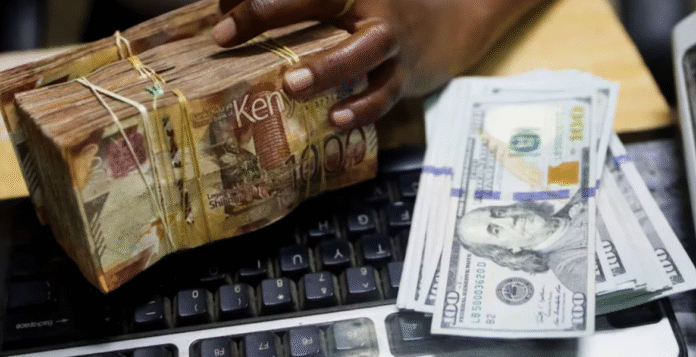As of today, the Kenyan shilling continues to hold a stable position against a broad range of global currencies, reflecting steady economic fundamentals amid fluctuating international market conditions.
The local currency’s exchange rates show minor variations across major and regional currencies, indicating cautious optimism among investors and traders.
Against the US dollar, the Kenyan shilling remains largely unchanged compared to recent weeks, trading within a narrow range. This stability comes despite ongoing uncertainties in the global economic landscape, including inflationary pressures and geopolitical tensions that have unsettled many emerging market currencies.
The steady dollar performance has helped preserve the shilling’s value, especially given the United States’ influence on global trade and finance.
The shilling also shows resilience against other major currencies such as the euro and the British pound. The exchange rates have experienced slight fluctuations but remain within expected bounds.
The euro’s recent weakness due to concerns over economic growth in the Eurozone has marginally benefited the shilling’s value when measured against it. Similarly, the British pound’s exchange rate reflects domestic economic challenges, which have kept it from strengthening significantly.
In the regional context, the Kenyan shilling maintains a competitive edge against neighboring East African currencies, including the Tanzanian shilling and the Ugandan shilling.
This relative strength supports Kenya’s position as a regional economic hub and promotes cross-border trade and investment.
Currency analysts attribute the shilling’s stability to several factors, including Kenya’s robust export performance, remittance inflows, and prudent monetary policies by the Central Bank of Kenya.
Additionally, foreign exchange reserves remain at comfortable levels, providing a buffer against external shocks.
However, some risks persist, including potential volatility in global commodity prices and changes in foreign investor sentiment. The local market remains vigilant, monitoring international developments closely to anticipate their impact on currency movements.
Overall, today’s exchange rate trends indicate a stable outlook for the Kenyan shilling, which continues to support economic activities and maintain confidence among traders and businesses.
Written By Ian Maleve



















